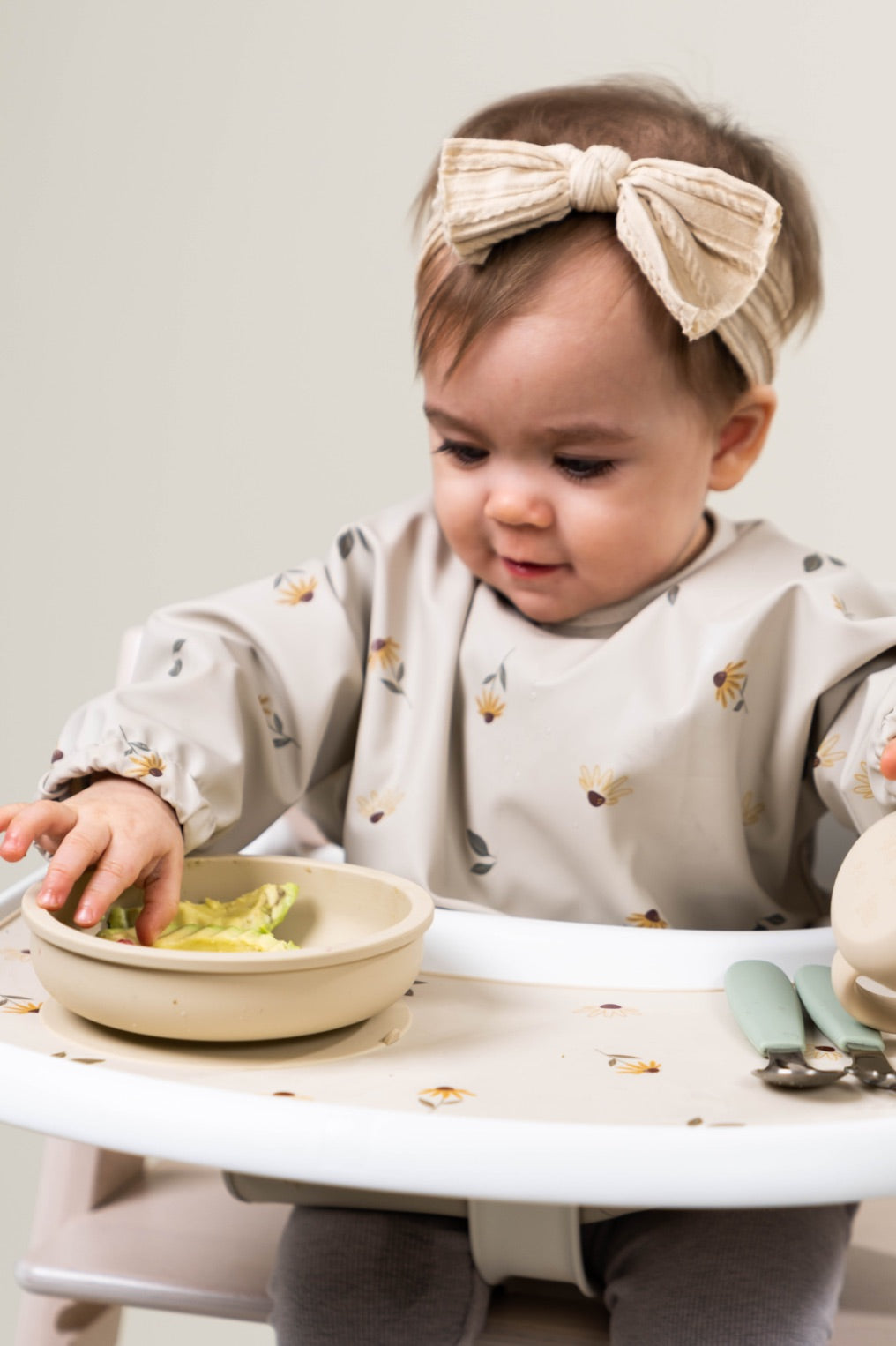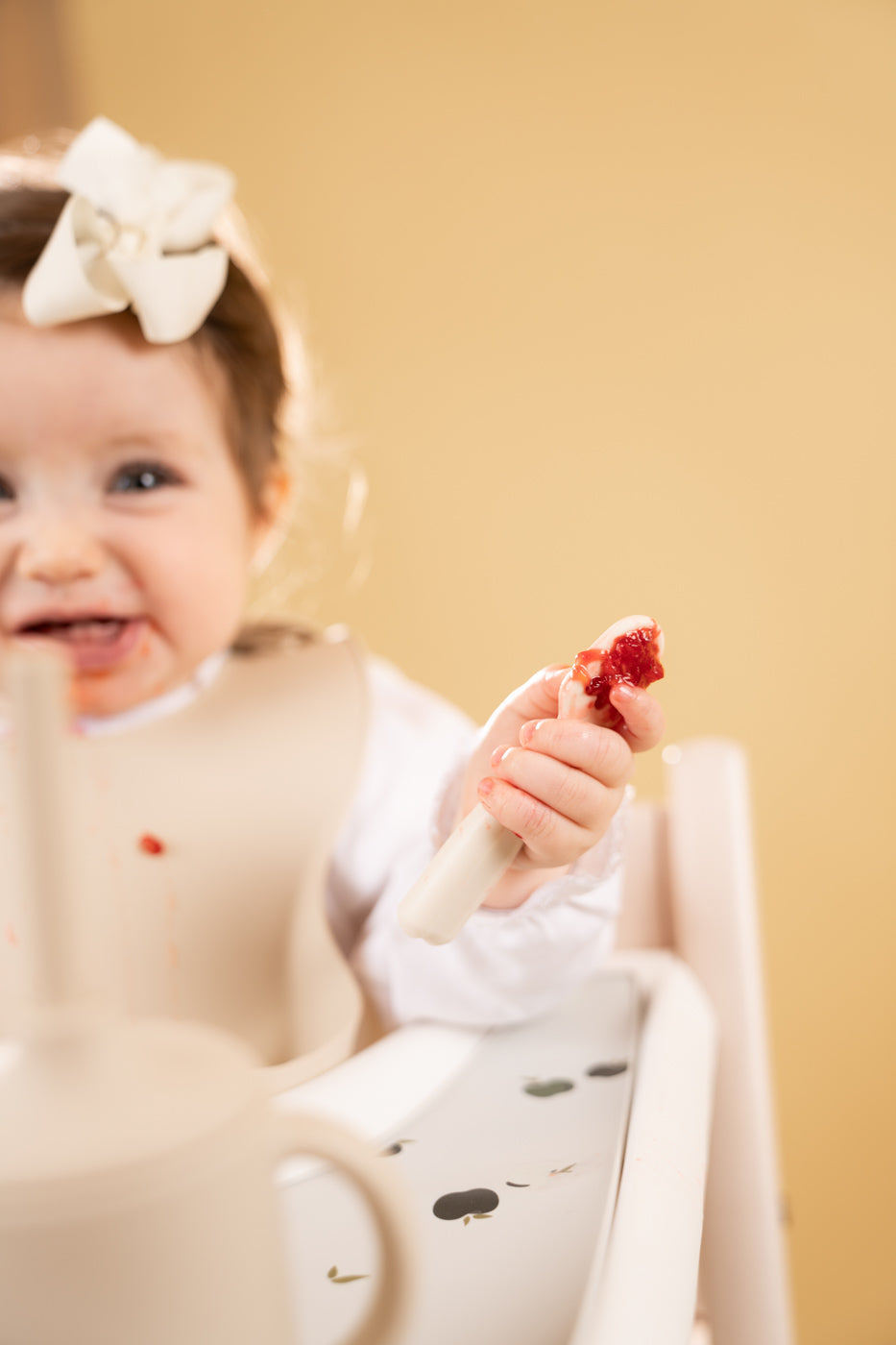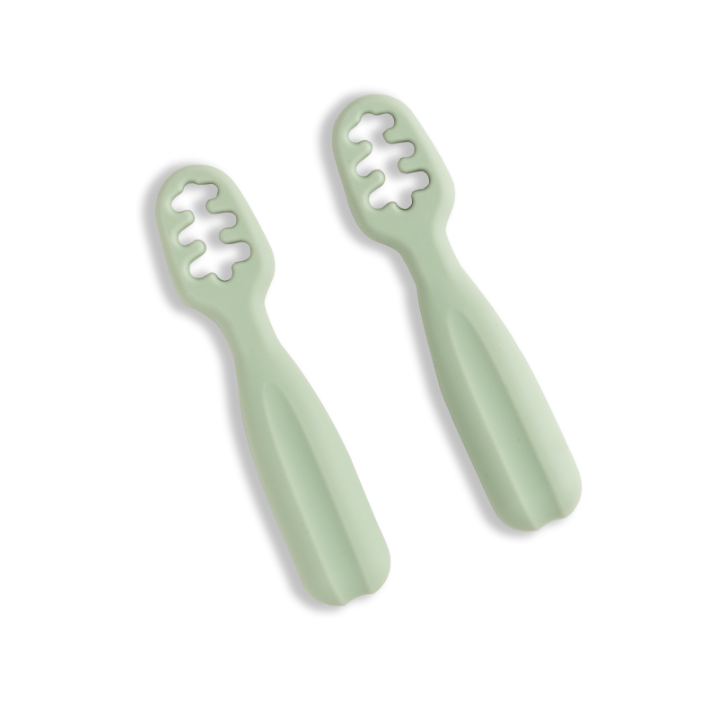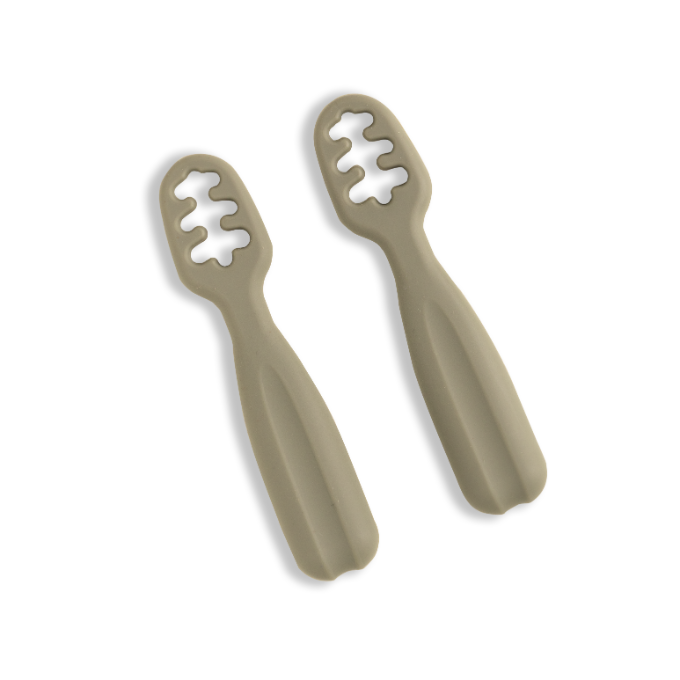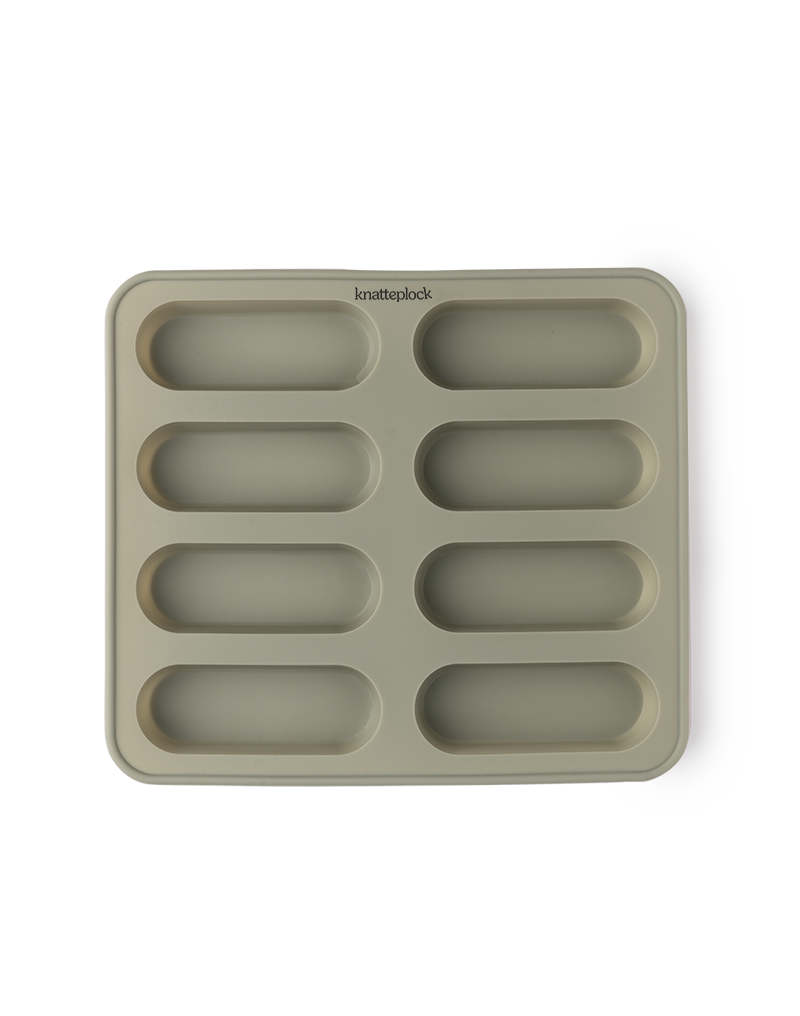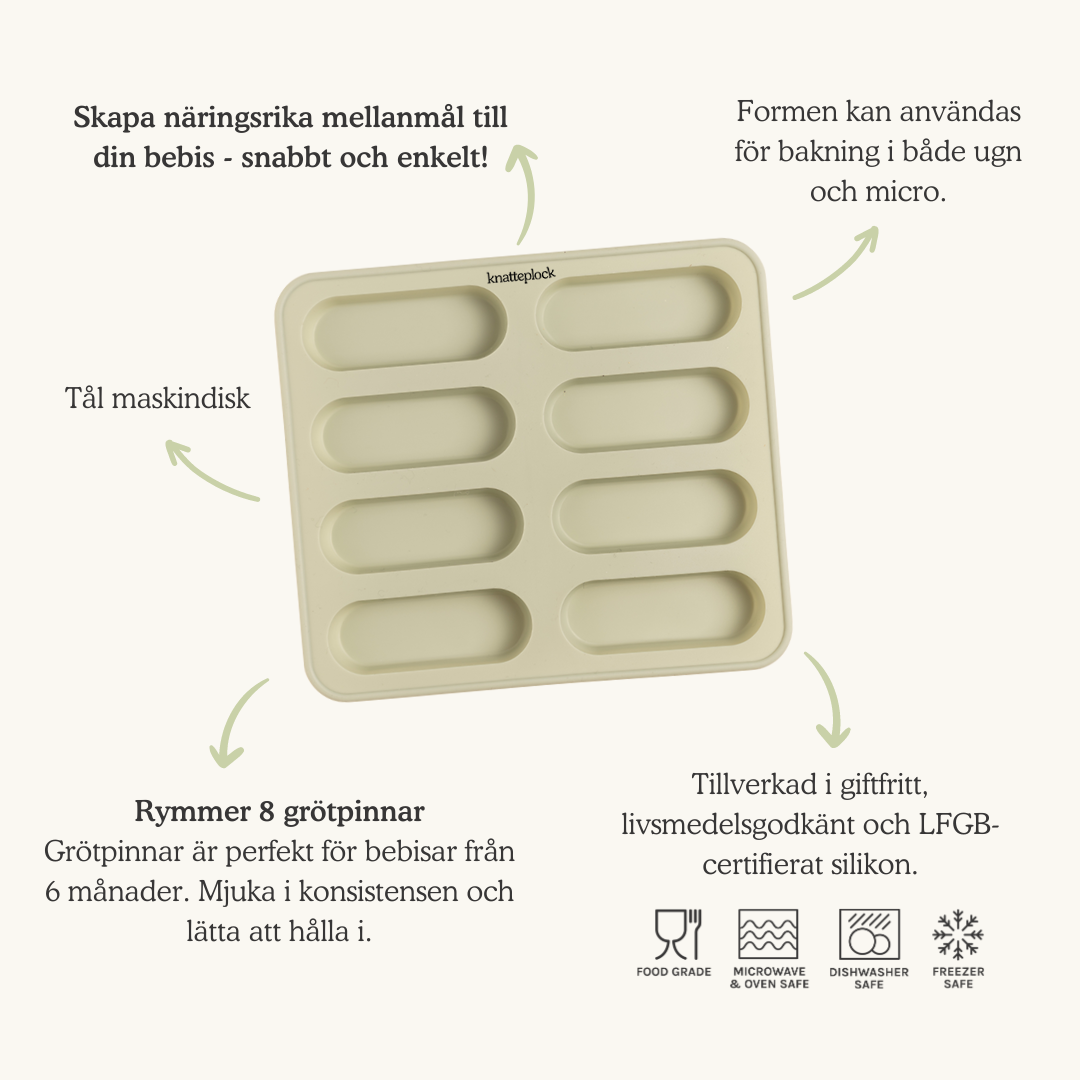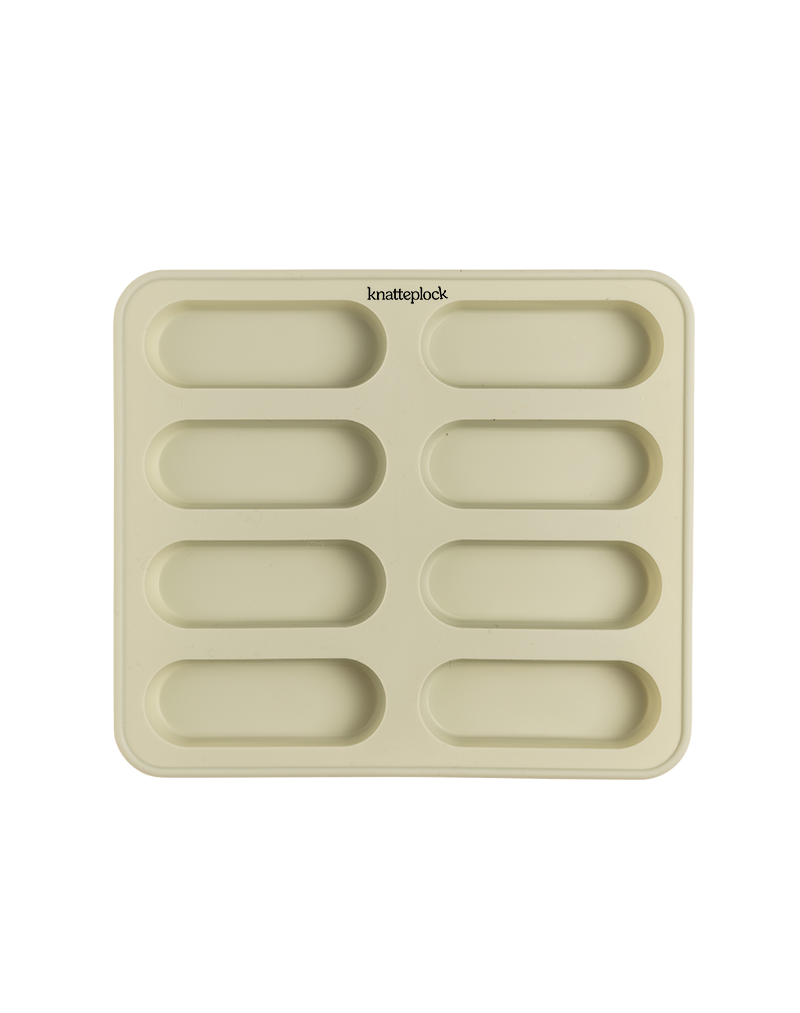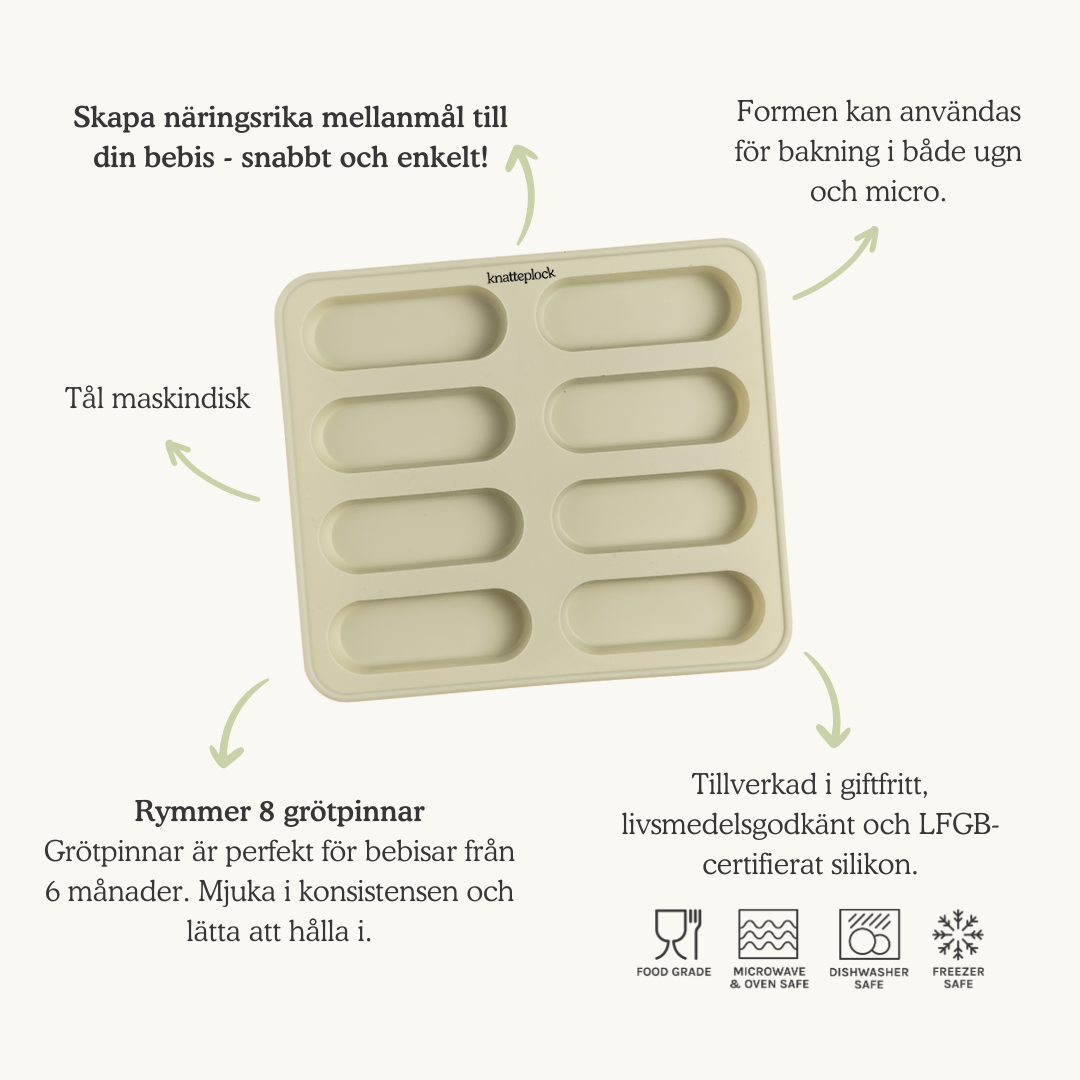A new survey from the Swedish National Food Agency shows that many 1.5-year-olds and 4-year-olds eat more meat and cured meats, such as sausages, than is healthy. At the same time, meat is an important source of iron, which young children need for their growth and development.
Here we give tips on how you can find a balance between reducing meat intake and at the same time ensuring that children get enough iron.

More conscious food choices for the whole family
Eating less meat doesn't have to mean the whole family becoming vegetarian. It's more about being aware of how often meat is served and trying to add more vegetables, legumes and plant-based protein sources instead. Meat, especially red meat like beef, is rich in iron that is easy for the body to absorb. By cutting back on processed meats like sausage, you can also make sure that meat's role in your diet is more nutritious.
The balance between meat and vegetarian options
In general, the more foods that are excluded from the diet, the more difficult it is to achieve a diet with all the nutrition and energy that a child needs. However, the Swedish National Food Agency has no objections to the fact that vegetarian or vegan diets are not suitable for children, it is just a matter of being a little extra aware of what you offer your child in terms of food. A good way to balance this is to reduce the amount of meat products and instead choose lean meat or chicken, while introducing vegetarian sources of iron such as beans and lentils.
Suggestions for iron-rich and vegetarian foods
Tips for introducing more green into everyday life
- Before vegetarian meals: A meatless Monday can be an easy first step. Try swapping the sausage in stroganoff for lentils/tofu/halloumi or making vegetarian steaks for dinner.
- Vary your protein sources: Replace meat with legumes, tofu, eggs or cheese a few times a week. This provides variety and the opportunity to discover new flavors together as a family, while meeting iron needs. You can also dilute the usual meat sauce with lentils to reduce the meat.
- Make vegetables the main character: Make vegetables take up more space on the plate by serving them in different ways – roasted, steamed or as raw sticks. This way, children can learn to appreciate the taste and texture of different vegetables.
Reduce meat products
Meat products like sausages can be a big part of children's meat consumption, but it's good not to eat them too often - partly because they contain a large amount of saturated fat (which is not good for the body), and partly because they contain nitrites and nitrates which have been shown to be carcinogenic. Instead, it's good to focus on leaner protein sources like chicken or legumes like chickpeas and beans.
Getting children to like vegetables
Vegetables can sometimes have a certain bitterness that children are naturally skeptical of. It is therefore important to give children time and opportunities to get used to these flavors.Serving vegetables as they are, without hiding them in other foods, can be a great way to let children discover what they look and taste like. This way, children learn to appreciate vegetables in a natural way.

When a child enters the so-called “neophobic phase” around 18 months, there is often a change where the child does not want to eat foods that they do not recognize. At this time, it is important to continue offering vegetables in different forms and with different cooking methods. Serving vegetables together with dishes that the child feels comfortable with can make the transition easier for the child and the whole family.
The Swedish National Food Agency's investigation: Toddlers eat better now than 20 years ago – but it needs to get even better
In the survey It turns out that many children eat significantly more cured meats, such as sausages, than is healthy.
– Many children like sausages and it is a quick and easily accessible food. But sometimes replacing the sausage with something else, such as fish fingers, chicken or falafel is a great step, says Lotta Moraeus, dietitian at the Swedish National Food Agency.
1.5-year-olds eat relatively more fruit and vegetables than 4-year-olds, as fruit and vegetables account for a larger part of their diet than 4-year-olds. 1.5-year-olds also eat significantly less sugar in various forms than 4-year-olds.
– It would be fantastic if 4-year-olds continued to eat as well as they did when they were younger. Now, among other things, they are adding more sweets, snacks and sweet drinks but are not increasing their fruit and vegetables even though they are eating more food, says Lotta Moraeus.
Start vegetables early
Starting to introduce vegetables early can help your child continue eating vegetables later in life. In the Swedish OTIS study (led by researcher Ulrica Johansson), the goal was for children to develop a wide variety of taste preferences in their brains. Babies who underwent early taste training with bitter and sour (e.g. lingonberries and turnips) tastes were then shown to eat more fruit, berries, root vegetables and vegetables at 1 year and 1.5 years of age than the control group.

This is Elin's thoughts on iron vs. meat
"That many of us need to reduce our meat consumption, and especially processed meat, becomes clear when new research shows the risks. Of course, it is especially important for our children who are laying the foundation for their future health through their first years of life. The important thing if you make a dietary change for your children is to make sure they eat a varied diet and to think especially about iron when the children are small. If you are going to eat more vegetarian food, you need to actively ensure that iron-rich foods are included in the diet.
Personally, I try to focus on good meat products and avoid sausages and other cured meats, as well as include vegetarian foods such as tofu, legumes, nuts and seeds regularly in my diet."
Vegetarian and iron-rich recipes
More on the blog
Sources
Good food for children 0-5 years old – guidance for child healthcare (Swedish National Food Agency)
"Vegetarian food for children" (Swedish National Food Administration website)
Cereal-based foods and baby foods for infants and young children (Finnish Food Agency)
"Vegetarian food is good – even for small children" Läkartidningen. 2014;111:CMEA
"Toddlers eat better now than 20 years ago – but it needs to get even better" Study by the Swedish National Food Agency
Johansson U, Öhlund I, Hernell O, Lönnerdal B, Lindberg L, Lind T. Protein-reduced complementary foods based on Nordic ingredients combined with systematic introduction of taste portion increase intake of fruits and vegetables in 9-month-old infants: A randomized controlled trial. Nutrients. 2019; 11:1255.



















